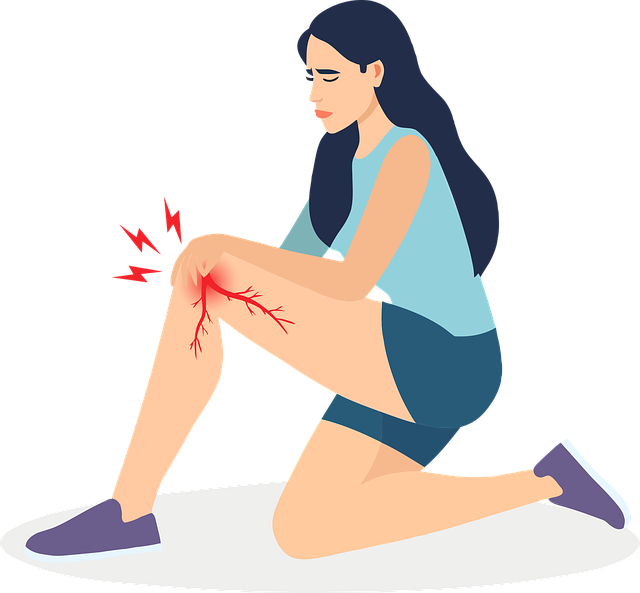Why can’t I stand up for longhorn? This question may have crossed your mind if you’ve been experiencing difficulty standing up for extended periods. It’s important to understand that there are various reasons why you may be struggling with this issue.
Axxording to a research study, one possible reason why you can’t stand up for longhorn is due to muscle weakness or fatigue.
When your muscles are not strong enough to support your body weight, you may find it challenging to stay on your feet for an extended period.
This can be caused by a lack of physical activity, poor posture, or an underlying medical condition.
RELATED: Why Can’t I Stand Up For Long – Complete Guide
Another possible reason is poor circulation, which can lead to numbness or tingling in your legs when you stand up for long periods.
This can be a sign of a circulation problem, such as peripheral artery disease, which affects blood flow to your legs and feet.
Additionally, joint pain or arthritis can make it difficult to stand up for longhorn. Arthritis can cause inflammation and stiffness in your joints, making it painful to stay on your feet for a prolonged period.
RELATED: Why Does Cancer Hurt? Understanding the Pain Behind Cancer
This can be particularly challenging for individuals with arthritis in their knees, hips, or ankles.
Furthermore, dehydration can also impact your ability to stand up for longhorn according to research by SLS. Whisler. When you are dehydrated, your muscles may not receive an adequate supply of fluids and nutrients, leading to fatigue and weakness.
RELATED: 10 Signs Of Not Drinking Enough Water
It’s essential to stay hydrated and drink plenty of water throughout the day to prevent dehydration. If you are experiencing difficulty standing up for long periods, it’s crucial to seek medical attention.
A healthcare professional can help determine the underlying cause of your symptoms and develop a treatment plan to address your specific needs. Ignoring the issue can lead to further complications and impact your quality of life.
RELATED: Why Can’t I Stand Up For Long Periods Of Time
When to Seek Medical Attention
- If you experience persistent pain or discomfort when standing up.
- If you notice swelling, redness, or warmth in your legs.
- If you have a history of circulation problems or heart disease.
- If you have recently started a new medication that may affect your ability to stand up.
- If your symptoms are affecting your daily activities or quality of life.
- If you have any concerns or questions about your ability to stand up for longhorn.
RELATED: Is a Hamburger That Is Brown Safe To Eat?
A Word From GetMe Treated
Why can’t I stand up for longhorn? There are several reasons why you may be struggling to stand up for longhorn. It’s essential to address any underlying issues and seek medical attention if needed to improve your ability to stand up comfortably. Remember to prioritize your health and well-being to maintain a high quality of life.
FAQs About Why Can’t I Stand Up For Longhorn
Can poor posture affect my ability to stand up for longhorn?
Yes, poor posture can put strain on your muscles and joints, making it challenging to stand up for long periods.
How can I improve my ability to stand up for longhorn?
Regular exercise, maintaining a healthy weight, and staying hydrated can help improve your strength and endurance when standing up.
Is it normal to experience fatigue when standing up for longhorn?
It’s common to feel tired when standing up for an extended period, but persistent fatigue may indicate an underlying issue that requires medical attention.
Can I do any exercises to strengthen my muscles for standing up for longhorn?
Yes, exercises such as squats, lunges, and calf raises can help strengthen the muscles needed for standing up.
Can wearing supportive footwear help with standing up for longhorn?
Yes, wearing comfortable and supportive shoes can help reduce strain on your feet and legs when standing up for long periods.
How often should I take breaks when standing up for long periods?
When standing up for long periods, it’s recommended that you take short breaks every 30 minutes to give your muscles and joints a rest.
Join Our Telegram Channel

